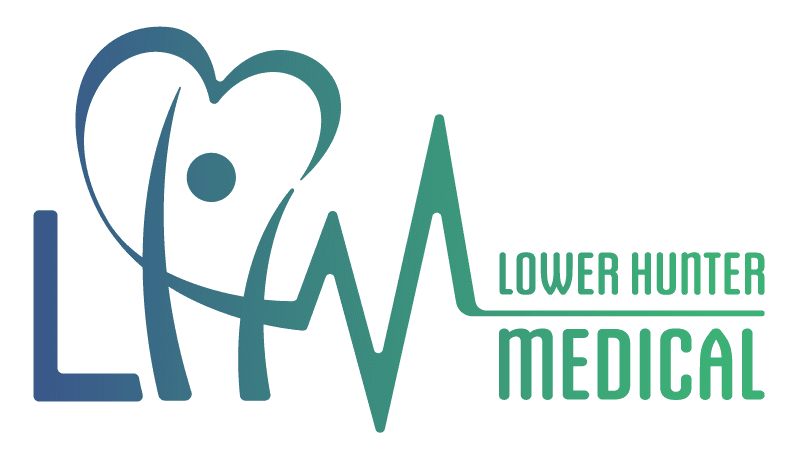The Nocebo Effect
The placebo effect is a well-known phenomenon in which a patient experiences a beneficial effect from a treatment that is actually inert or has no active ingredient. The nocebo effect is the opposite of the placebo effect. It is a negative effect that occurs when a patient experiences an adverse reaction to a treatment that is actually inert.
The nocebo effect is thought to be caused by the patient’s expectations about the treatment. When a patient expects to experience negative side effects from a treatment, they are more likely to do so. This is because the patient’s expectations can activate the body’s nervous system and immune system, which can produce the negative symptoms.
The nocebo effect has been documented in a variety of settings, including clinical trials, medical practice, and even everyday life. For example, one study found that patients who were given a placebo pill and told that it could cause nausea were more likely to experience nausea than patients who were given the placebo pill and told that it was harmless.
The nocebo effect can be a significant problem in clinical trials. If patients experience negative side effects from a placebo, it can be difficult to determine whether the side effects are actually caused by the experimental treatment or by the nocebo effect. This can lead to false-negative results, which means that a potentially effective treatment may be rejected.
The nocebo effect can also be a problem in medical practice. If patients are told about the potential side effects of a treatment, they may be more likely to experience those side effects, even if they are not actually caused by the treatment. This can lead to patients discontinuing treatment prematurely or refusing to take medication altogether.
There are a number of things that can be done to reduce the nocebo effect. One is to avoid giving patients information about the potential side effects of a treatment. Another is to create a positive and supportive environment in which patients feel comfortable talking about their concerns. Finally, it is important to educate patients about the nocebo effect and how their expectations can affect their health.
The nocebo effect is a complex phenomenon that is not fully understood. However, it is clear that it can have a significant impact on patients’ health. By understanding the nocebo effect and how to reduce it, we can improve the quality of care for patients and make sure that they receive the most effective treatments possible.
References:
- Benedetti, F. (2009). Placebo effects: Understanding the mechanisms in health and disease. Oxford University Press.
- Vasey, M. W., & Price, D. D. (2003). Mechanisms of the placebo effect in pain. Pain, 105(1-2), 213-223.
- Kaptchuk, T. J., & Miller, F. G. (2015). Placebo effects in medicine: Considering the context. Scientific American, 313(5), 48-53.
- Sullivan, M. S., & Jones, J. M. (2016). The nocebo effect: A review of the literature. Frontiers in Psychology, 7, 1197.
- Weimer, L. A., & Price, D. D. (2017). The nocebo effect: Mechanisms and implications for clinical practice. Pain, 158(1), 15-23.






